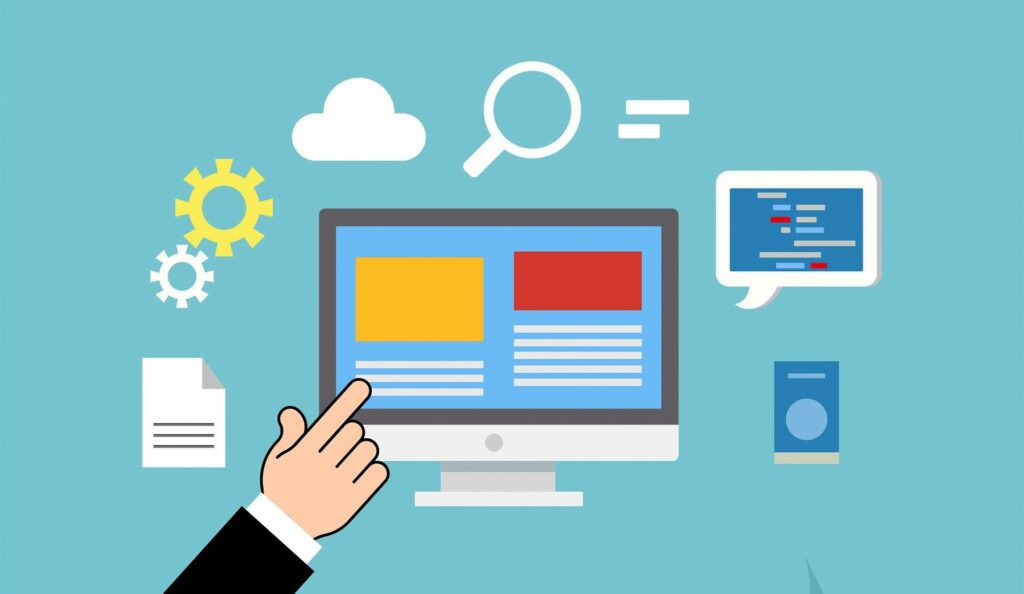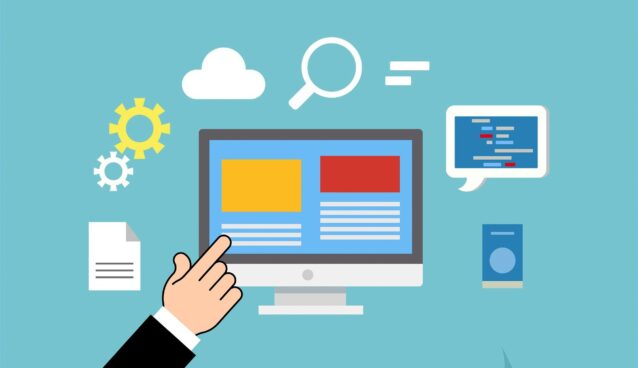Programmed Instruction

Table of Contents
Introduction
Programmed Instruction or Programmed Learning emerged out of the research conducted by B. F. Skinner on Operant Conditioning.
There are several efforts have been made earlier by some people in this direction.
The Law of Effect propounded by E. L. Thorndike has direct relevance to programming. According to this law, learning which is associated with satisfaction is likely to be more permanent than learning not accompanied by satisfaction.
Satisfaction in the form of reward reinforces the behaviour of the student to take interest in his/her learning. This is an important aspect in programming.
Programmed Instruction (Learning)
Concept
The real land mark in the development of programmed learning was the work of B. F. Skinner. Skinner developed a theory of learning called Operant Conditioning.
According to this theory, behaviour is learned only when it is immediately reinforced, that is, when it is followed by some pleasurable event such as food, praise or attention. Therefore, task of the programmer is to provide contingencies of reinforcement so that the correct responses to the questions presented are immediately rewarded and incorrect responses are not.
Skinner opposed punishment for wrong responses and recommended that punishment should be kept minimum so that there is no danger of developing a negative attitude towards the learning activity.
By applying the principles of Operant Conditioning in teaching human beings, Skinner developed a instructional model which is popularly known as Programmed Instruction.
Later, Norman A. Crowder presented a more advanced style of programmed instruction.
Definition
A process of arranging material to be learned in a series of small steps designed to lead the learner through self-instruction from what he/she knows to the unknown of new and more complex knowledge and principles.
The term ‘Programmed’ is used for arranging learning experiences or events in the most logical and psychological sequence so that the student gets maximum benefit from instruction.
Styles of Programming
There are mainly two styles of Programmed Instruction.
- Linear Programmed Instruction
- Branching Programmed Instruction
Linear Programmed Instruction
The Linear style of programming developed by B. F. Skinner is otherwise known as Skinnerian Style.
According to this style, the subject matter is broken into small pieces of information (steps), and is presented in a logical sequence of small steps. These small steps are called ‘frames’. The students are required to go through frames containing a bit/bits of information and respond to the question given at the end of each frame. The feedback in the form of correct answer is provided in the next frame. The frames are so designed and arranged that student’s error are kept minimum.
In other words, programmed instruction ensures that student makes/commits minimum errors.

Branching Programmed Instruction

Psychological Basis of Programmed Instruction
Psychology has played an important role in the field of modern education and education has developed scientifically due to psychology.
Programmed Instruction or Programmed Learning emerged out of the research conducted by B. F. Skinner on Operant Conditioning. There were several efforts made earlier by some people in this regard.
The Law of Effect propounded by E. L. Thorndike has directed relevance to programming. According to this law, learning which is associated with satisfaction is likely to be more permanent than learning not accompanied by satisfaction. Satisfaction in the form of reward reinforces the behaviour of the student to take interest in his/her learning. This is an important aspect in programming.
The Principle of Programming is also based on the Psychological Principle that learning takes place by active participation of the learner when a response is made by the learner. Also, the programming is based on the basic psychology that learning takes place effectively if the learner is allowed to learn at his own pace.
All the principles of Psychology like Principle of Reinforce, Principle of Active Participation, Principle of Self Pacing, Principle of Individual Difference etc forms the psychological basis of programmed instruction.
Fundamental Principles of Programmed Learning
Programmed Learning is based on the following principles :-
- Principle of Small Step :- The subject is broken into small pieces of information (steps) and is presented in a logical sequence of small steps. These small steps are called frames.
- Principle of Self-Pacing :- The programmed instruction is based on the basic assumption that learning takes place effectively if the learner is allowed to learn at his/her own pace.
- Principle of Active Responding :- The principles of programming is based on the psychological principle that learning takes place by only active participation of the learner when a response is made by the learner.
- Principle of Immediate Confirmation :- The student comes to know the results immediately after giving the response on the frame. He/she can compare it with correct response.
- Principle of Reinforcement :- The principle of programming is based on the psychological principle that learning is possible or permanent when it is immediately reinforced for each correct response.
- Principle of Self-Evaluation :- Learners are allowed to learn by themselves and responds to each frame For every correct response they can be reinforced and not for incorrect response. Thus, it provides self-evaluation of learners.
Stages for Development of Programmed Learning Material
There are three major stages involved in the development of programmed learning (instruction) material.
These are –
- Planning and Preparation of the Programme.
- Writing the Programme.
- Evaluation of the Programme.
Let us discuss the stages in detail.
Stage 1 : Planning and Preparation of the Programme
This stage involves a few specific activities. These are as follows :-
(a) Selection of the Topic :- First, we have to select the topic which is to be programmed. This selection depends on the style of programming to be adopted, the scope of the use of the programme, the field of specialisation of the programme. and so on.
(b) To find the Characteristics of Target Population :- Second, we have to find out the characteristics of the target population, namely their age, gender, interests, intellectual level, experiences, cultural background etc.
(c) Task Analysis :- Third, we have to undertake task analysis of the topic selected for programming.
(d) Specify Instructional Objectives :- Fourth, we have to specify the instructional objectives in observable and measurable terms.
(e) Writing Pre-tests and Post-tests :- Fifth, we have to write criterion questions for all the objectives which form part of the pre-test and post-test to be administered when the programmed is gone through by the student. It provides a basis for evaluating the effectiveness of the programme.
(f) Arranging/Sequencing the Frames :- Last, we have to arrange each step/frame/teaching point in a logical sequence. Each teaching point should contain a new information. Also, we have to look into the type of learning involved within each teaching point. This is important as we have to design the instructional strategy accordingly.
While Sequencing the material, we may take two approaches into consideration :-
- The first is expositive or ‘Rule-eg approach’ in which the rule or principle is presented first first followed by an example.
- The second is discovery or ‘Eg-rule approach’ in which an example is given first and it is followe by the rule or principle illustrated by the example.
Stage 2 : Writing the Programme
(a) Choosing the Programming Style :-The first task in programme development is writing the programme. Generally, the teachers prefer either linear or branching style, or combination of both.
(b) Frame Development :- The second task is to take a decision on frame development. There are mainly four types of frames which find place in programming.
These are :-
- Introductory Frames :- These frames are used to introduce new information/experience.
- Teaching Frames :- These frames provide new knowledge to the students.
- Practice Frames :- These frames provides opportunities to the students to practice what he/she has learned from the teaching frames.
- Testing Frames :- These frames are developed to assess the knowledge gained by the student.
(c) Principles Governing Frame Development :-
While developing frames, we should have to pay attention to the following principles :-
- Sequencing the Frames :- Learning material should be presented in a sequence of small learning steps (frames), each step representing a learning point.
- Self-pacing Option :- The students should be allowed to proceed at his/her own speed.
- Mentioning of Objectives of the Lesson :- The objectives of the lesson should be mentioned at the beginning of the programme.
- Providing Prompts & Cues :- Prompts and Cues wherever necessary should be used to help the learners in selection of right answers. A prompt is a stimulus in a frame which increases the probability of the correct response. The prompts will help the students to commit minimum errors.
- Providing Immediate Feedback :- Immediate feedback should be provided after each response to assist the student to know whether or not he/she is progressing properly.
(d) Editing the Programme :- Once the first draft of the programme is ready, we should edit it by experts, it helps in improving the quality of the programme.
The benefits of the editing are –
- Elimination of ambiguities in programme.
- Improvement in the logical sequence of the frames.
- Improvement in the technical accuracy of the programme.
- Examination of the appropriate use of maps, charts and illustrations etc, in the programme.
Stage 3 : Evaluation of the Programme
When the writing of the programme is over, the next task is evaluation of the programme. Evaluation of the programme is carried out to assess the efficiency and effectiveness of the programme.
The evaluation exercise is done at three stages :-
(a) Individual Testing :- At this stage, testing is done on one-to-one basis. This means the programme designer and one representative of the target group for whom the programme is meant are involved in the testing activity. The student is asked to read the frame and respond loudly. He is asked about the difficulties faced by him/her. The programme designer will be able to locate the inadequacies in the programme.
(b) Small Group Testing :- After making necessary modifications/improvements in the draft programme on the basis of individual testing, the programme is ready to try out on a small group of students. At the beginning of the programme, students are administered a pre-test and at the completion of the programme, the students are administered a post-test. The data collected from the pre and post-test are analysed to assess the effectiveness of the programme and necessary improvements in the programme should be made.
(c) Field Testing :- This is the last stage of testing the programme. At this time, the programme is administered on a large group of the target population. Pre-tests and Post-tests are to be administered prior to starting and after the completion of the programme respectively. The data thus collects from testing are to be analysed and programme is modified and made ready for use.



